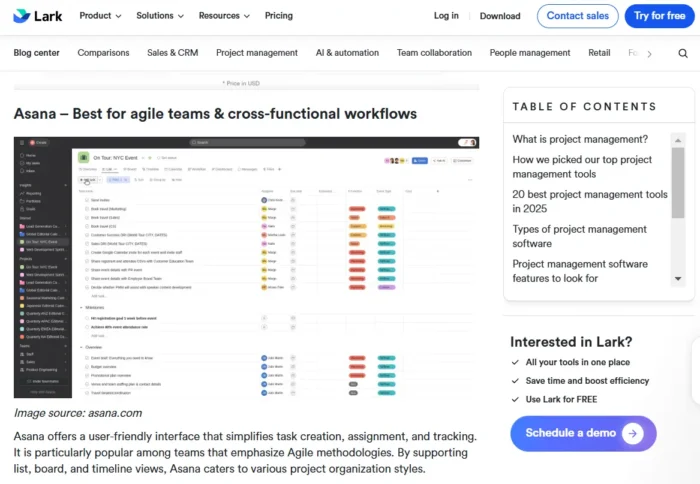Revolutionizing Audio Editing: Podcastle’s New Text Mode Feature
Audio editing has long been a thorn in the side of content creators, as the process of refining raw audio into polished content can be frustratingly time-consuming and technically demanding. For content creators and business professionals, this means being...

Audio editing has long been a thorn in the side of content creators, as the process of refining raw audio into polished content can be frustratingly time-consuming and technically demanding.
For content creators and business professionals, this means being bogged down by unintuitive interfaces, endless hours of scrubbing through recordings, and a steep learning curve, all of which represent persistent challenges that many audio editing tools struggle to overcome.
It’s safe to say that going through these hurdles can actively discourage new voices from entering the field. But recognizing this pain point, several content creation platforms have begun developing innovative solutions powered by artificial intelligence.
One of these is Podcastle, an AI-driven digital content creation suite, that has recently introduced a new feature aimed at addressing longstanding issues in content creation. Many creators have struggled with efficiently converting their ideas into polished scripts. Podcastle’s text-based editor does just that, streamlining the writing process for podcasters and content creators.
Text Mode leverages text-based editing technology to dramatically streamline the editing process. But how does it work, and what does it mean for content creators? Let’s dive in.
What is Text-Based Editing?
Podcastle’s text-based editing is a brand-new approach to audio manipulation, allowing editors to edit audio content as if it were written text.
What this technology means is that content creators no longer have to manually search through audio recordings to find specific sections. Instead, they can search for keywords or phrases within a transcript, which will instantly locate the exact audio segments they need to modify.
The core concept is simple, yet powerful: convert audio into text, edit the text, and have those changes automatically reflected in the audio file.
How Does Text-Based Editing Work?
Podcastle’s Text Mode simplifies the process into a few straightforward steps:
1. Upload or record your audio file on the platform.
2. The AI automatically generates an accurate transcript of your audio.
3. Edit the transcript as you would a text document – delete, add, or rearrange content.
4. As you edit the text, the AI synchronizes these changes with the audio file in real time.
5. Switch between text and waveform editing as needed, with all changes reflected in both views.
Benefits of Text-Based Editing
For content creators, and those running internal communications content, text-based editing offers significant advantages over traditional audio editing methods:
You can quickly locate specific content without manually scrubbing through audio files. Make edits at the word or sentence level, ensuring your message is conveyed exactly as intended. The text-based interface makes editing more approachable for those unfamiliar with complex audio software editing practices. Text-based editing allows you to switch between text and waveform editing, depending on your editing preferences and needs. Easily insert new content using additional AI tools, including AI voices, without re-recording entire sections.The above benefits enable content creators to swiftly refine interviews and audio clips, potentially halving the editing time. Whereas in the business world, professionals can more easily develop and update training materials, presentations, and reports.
Industry Impact and Future Implications
The introduction of Podcastle’s Text Mode feature, along with other AI-powered platforms with similar technology, represents a significant step forward in audio editing practices, with potential implications that extend far beyond the platform itself.
Industry experts view text-based editing as a game-changing innovation. For instance, the Hollywood Professional Association awarded Adobe Premiere Pro’s text-based editing technology for its engineering excellence. So for content creators handling audio and video content, Podcastle’s text-based editing is poised to transform the editing process, allowing users to easily cut out filler words and make corrections directly within the text, thereby streamlining the entire editing workflow.
However, the implications of this technology extend beyond podcasting or content creation. In journalism, text-based audio editing could streamline the production of radio news and audio reports. In the meantime, corporate communications teams could enhance the production of training materials and internal podcasts.
As the podcasting industry continues to grow, tools like Text Mode are expected to play a crucial role in its evolution. By making audio editing more accessible and efficient, Podcastle is not just serving current content creators, but potentially opening the door for a new generation of voices to enter the field.

 Astrong
Astrong 































